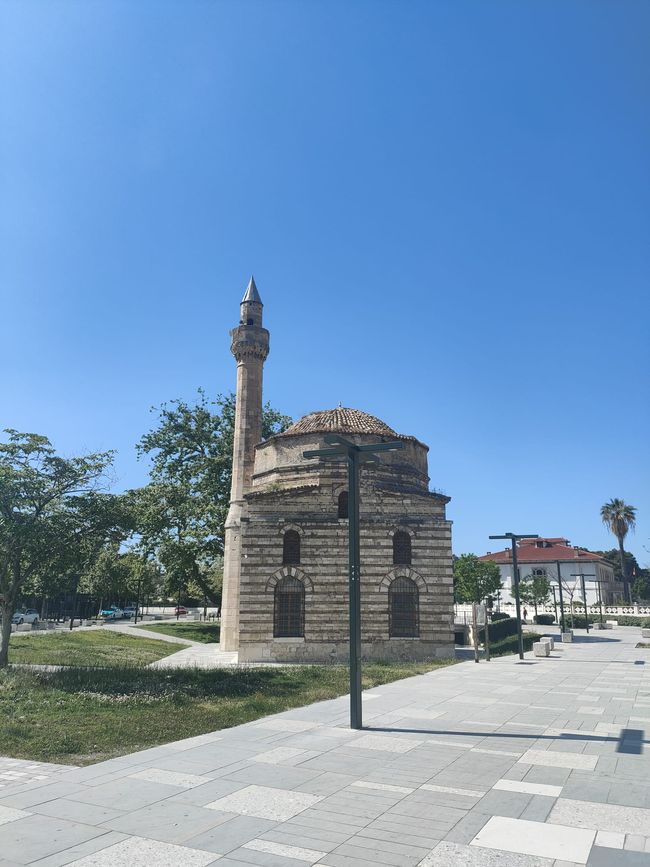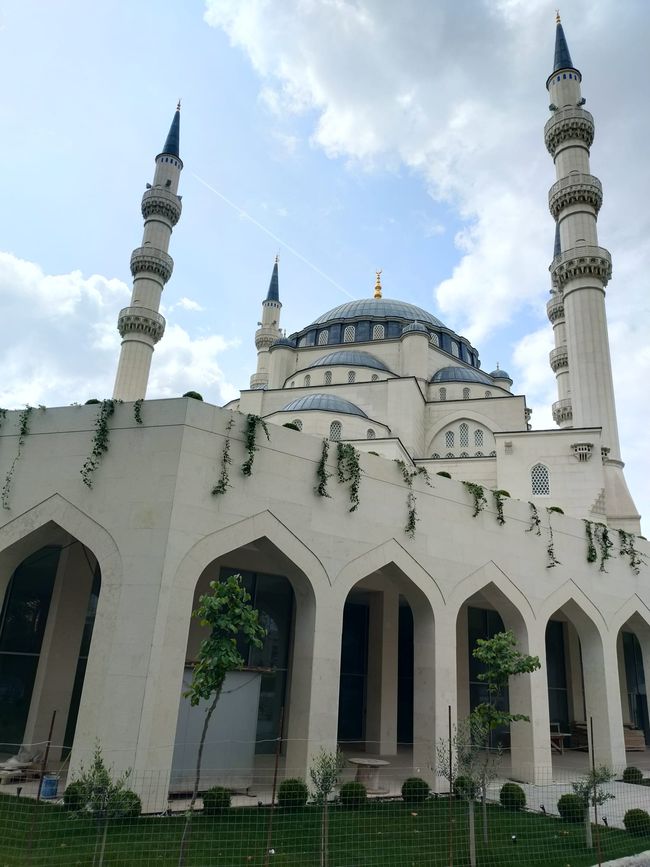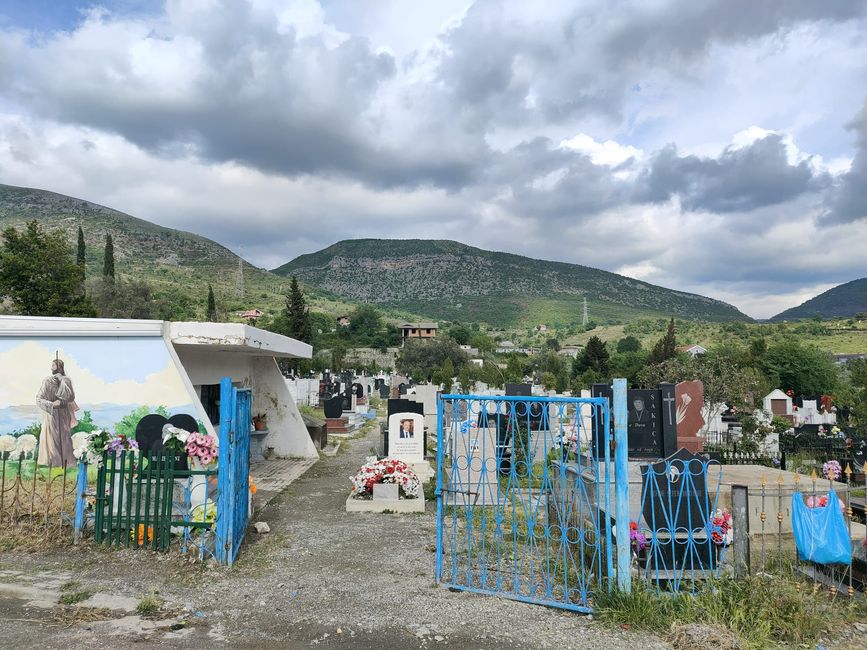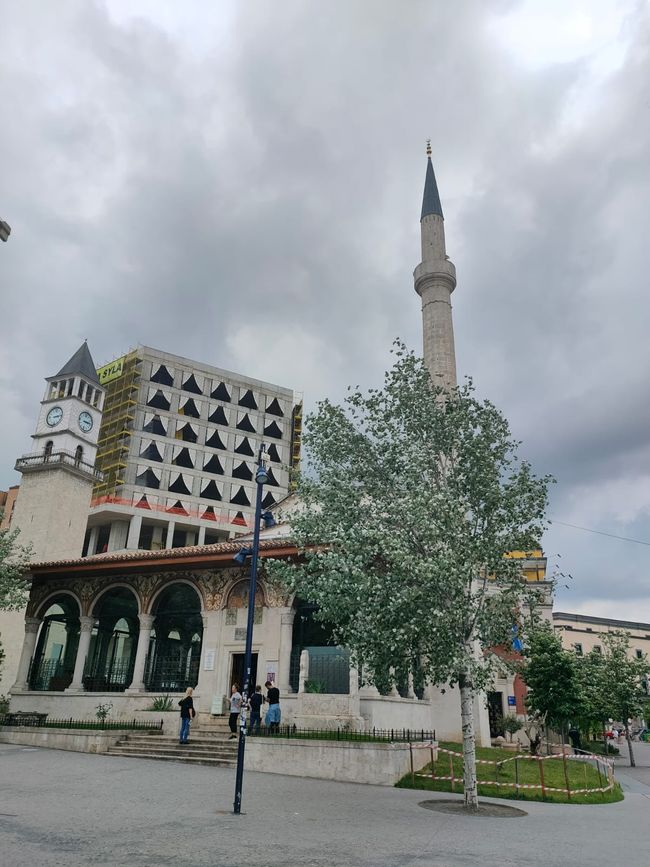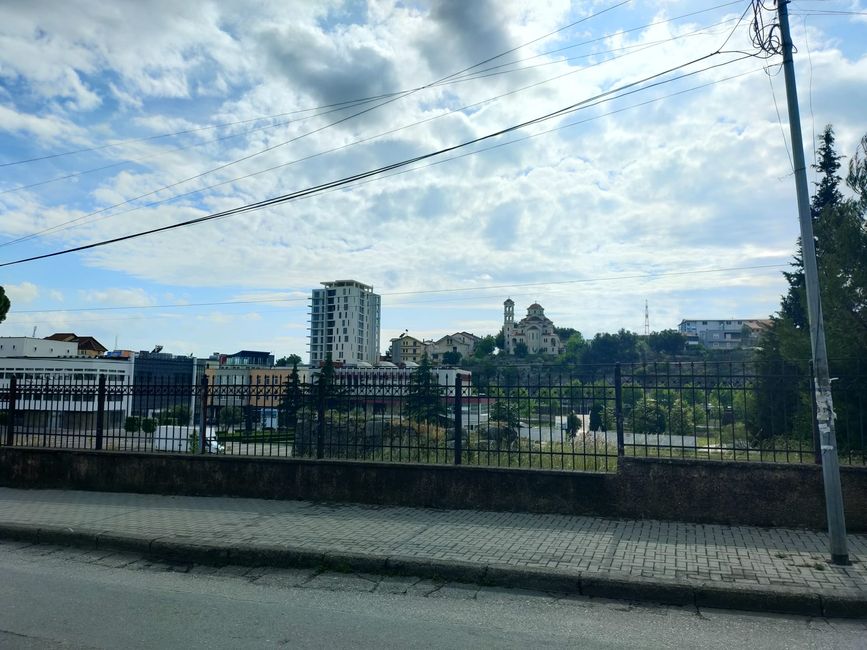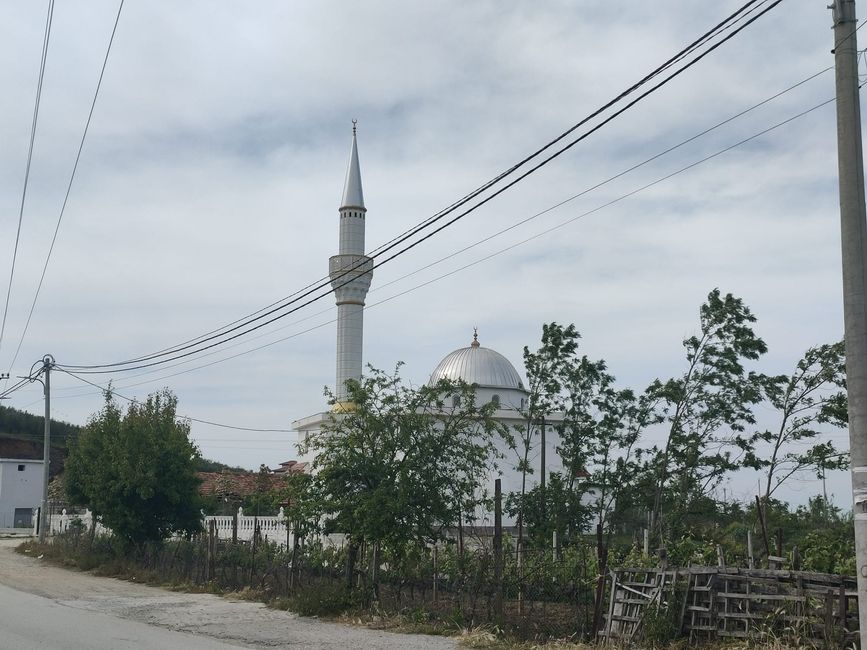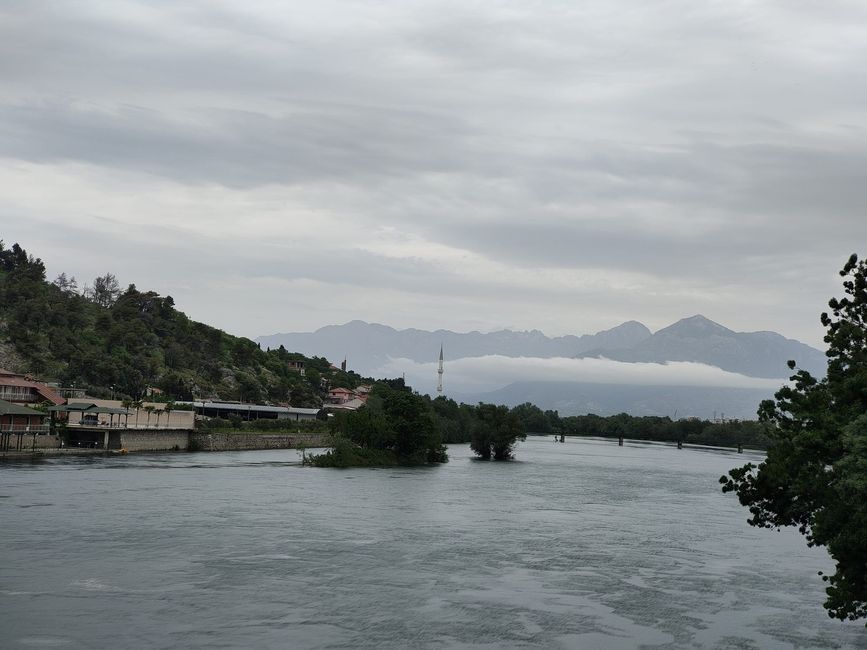Albania: Between Churches and Mosques
已发表: 02.06.2023
订阅时事通讯
When driving through Albania, you see minarets, you see church towers, you hear muezzins calling, you hear church bells ringing.
An initially strange sight that you don't know from Germany, where there is a significant Muslim minority of more than 6% alongside the Christian majority. In Albania it is around 60% Muslims and 16% Christians, as a census in 2011 revealed. However, these religious groups are divided into smaller communities of faith.
In Albania, people of various religions live not only side by side, but also with each other. This is also told to us by other cyclists who were also interested in the mix of churches and mosques in Albanian cities and villages.
This multi-confessional coexistence and interreligious tolerance are both part of an Albanian national myth and part of the so-called "Albanianism" ("Albanianism is the religion of the Albanians"), as well as the result of a long history of various influences and foreign rule.
The significant influence of Christianity, which today is reflected in a predominantly Orthodox south and a Catholic north of the country, can be traced back to the Roman Empire. Due to its affiliation with the Ottoman Empire since the 15th century, a majority of Muslims still exist today. A special feature here is the Bektashi Order, which was banned in many countries centuries ago and combines elements of both the Muslim and Christian faiths.
Under the communist regime of Enver Hoxha, religions were virtually eliminated, practicing religion was banned and places of worship were systematically destroyed. He declared Albania the world's first atheist state in 1967 - mistakenly. After Hoxha's rule ended in 1990, many religious elements reappeared. Places of worship were jointly rebuilt and religious services were celebrated with members of different faith communities. Two monotheistic world religions, which normally stand more hostile towards each other, are thus part of an Albanian national myth and an element of stabilization during years of foreign rule. In addition, numerous small groups attracted record numbers of missionaries to post-communist Albania.
However, only 1/3 of the population actively practice their faith. And tolerance is not as great everywhere as it is often emphasized. In many regions of the country, religion plays no (major) role. Family and marriage go beyond its boundaries. In other places, it is the cause of conflicts and tensions.
Today, also due to the government, Islam is in the foreground. However, there are hardly any large mosques in Albania where many people can gather. They fell victim to the communist dictatorship, and today the country lacks the money to build its own mosques. They are therefore dependent on foreign donors and thus also on religious influences from abroad. For example, the largest mosque in Tirana is the Erdogan Mosque, whose name clearly shows where the influence is currently coming from.
Because that remains an interesting point to note. Whereas religious unity often becomes part of a national myth, as we see in "Christian Europe" [sic!] or in the "Muslim Occident" [sic!], the opposite is true - the multi-religious coexistence with respect and tolerance towards the other religion as the narrative of the Albanian nation.
订阅时事通讯
回答
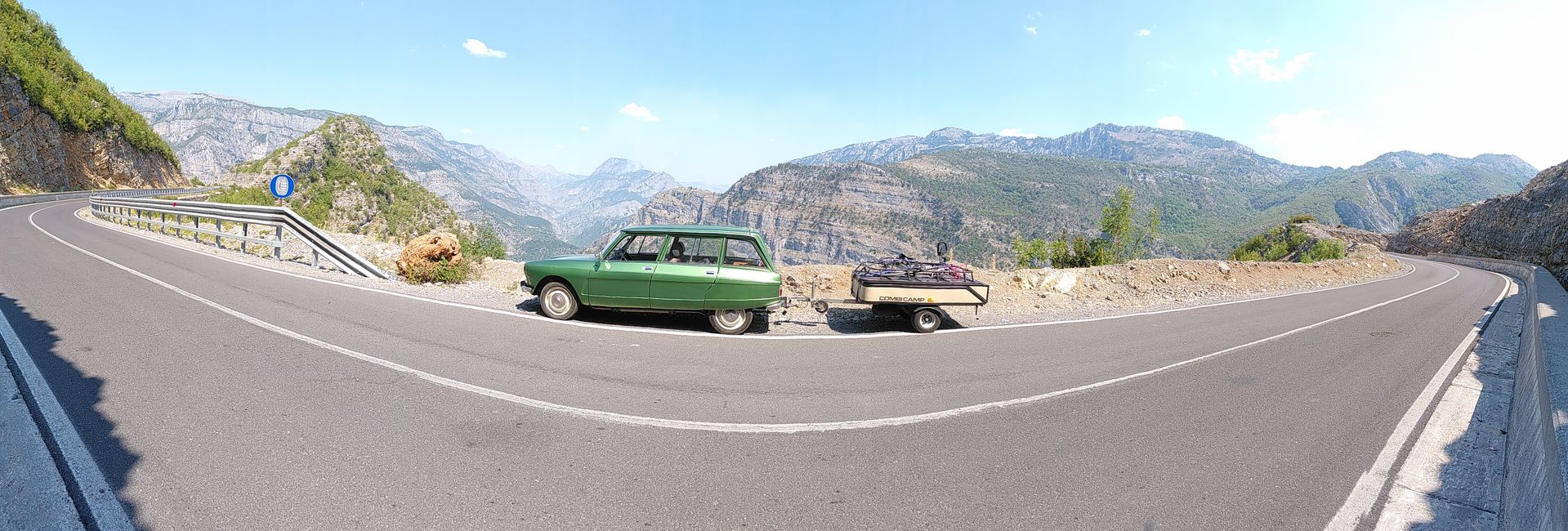
旅行报告阿尔巴尼亚


